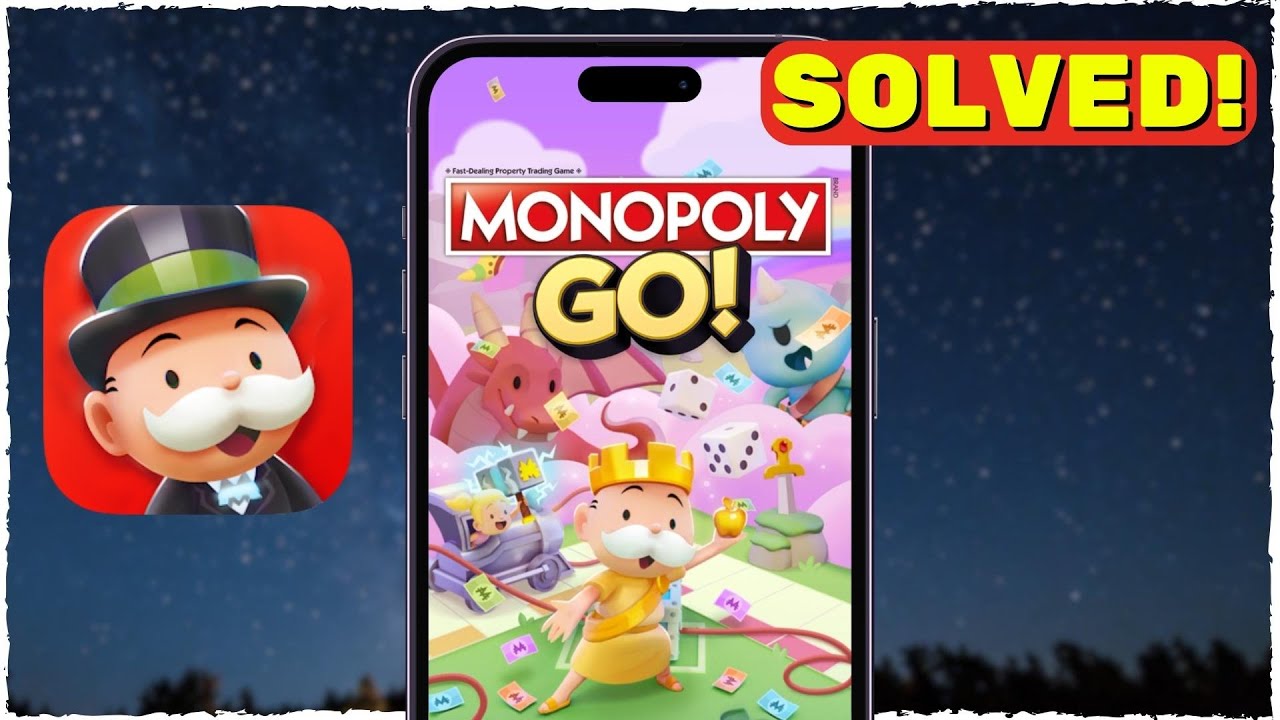Introduction
Temple Run 2, developed by Imangi Studios, emerged as a sequel to the immensely popular Temple Run, revolutionizing the mobile gaming landscape. Released in January 2013, Temple Run 2 built upon the foundation set by its predecessor, introducing enhanced graphics, new gameplay features, and a broader range of environments, while maintaining the core mechanics that captivated players worldwide. This article explores the evolution of Temple Run 2, its gameplay mechanics, design elements, impact on mobile gaming, and the future of the franchise.
The Concept and Gameplay Mechanics
At its core, Temple Run 2 retains the fundamental concept that made the original game a sensation: players control a character fleeing from a pursuing demon monkey, navigating treacherous paths and obstacles in a bid to achieve the highest score possible. The game is an endless runner, meaning players continuously run forward while the game generates an ever-changing environment filled with challenges.
Controls and Objectives
The controls in Temple Run 2 are intuitive and responsive, allowing players to swipe to turn, jump, or slide under obstacles. The character accelerates automatically, creating a sense of urgency and excitement. The primary objective is to collect coins, which can be used to purchase power-ups and unlock new characters. The gameplay revolves around skillful maneuvering to avoid pitfalls, fire traps, and the menacing monkey pursuing the character.
New Features in Temple Run 2
While Temple Run was groundbreaking in its own right, Temple Run 2 introduced several new features that significantly enhanced the gameplay experience:
- Improved Graphics and Sound Design: One of the most notable advancements in Temple Run 2 is its visual fidelity. The game features stunning 3D graphics, vibrant colors, and meticulously designed environments. The sound design complements the visuals, with immersive audio that heightens the sense of adventure.
- Diverse Environments: Unlike its predecessor, which was set in a single temple environment, Temple Run 2 offers a variety of locales, including lush forests, snowy mountains, and ancient ruins. Each environment is visually distinct, keeping the gameplay fresh and engaging.
- New Obstacles and Gameplay Mechanics: Temple Run 2 introduces a host of new obstacles, including zip lines, mine carts, and waterfalls. These elements require players to adapt their strategies, adding depth and variety to the gameplay. The zip lines, for instance, allow players to glide above hazards, creating a thrilling sense of momentum.
- Character Customization: The sequel expanded character options, enabling players to unlock and select different characters, each with unique abilities. For example, some characters may have advantages in coin collection or reduced penalties when hitting obstacles.
- Power-ups and Upgrades: The introduction of power-ups, such as shields, coin magnets, and score multipliers, adds a strategic layer to the gameplay. Players can upgrade these power-ups using collected coins, encouraging continuous play and investment in their characters.
- Missions and Objectives: Temple Run 2 incorporates a mission system, giving players specific tasks to complete during their runs. These objectives range from collecting a certain number of coins to completing runs without crashing. This feature adds a layer of challenge and keeps players motivated to improve their skills.
The Impact of Temple Run 2 on Mobile Gaming
Temple Run 2’s release marked a pivotal moment in mobile gaming, demonstrating the potential for high-quality, engaging experiences on smartphones and tablets. Its success influenced numerous developers to create their own endless runner games, leading to a surge in popularity for the genre. Several key factors contributed to its impact:
- Accessibility: Temple Run 2’s simple controls and easy-to-understand mechanics made it accessible to a broad audience, including casual gamers. This accessibility helped expand the mobile gaming demographic, attracting players who might not have engaged with traditional console or PC games.
- Social Integration: The game incorporated social features, allowing players to compete with friends through leaderboards. This competitive aspect encouraged players to improve their skills and share their achievements, fostering a sense of community around the game.
- Freemium Model: Temple Run 2 utilized a freemium model, allowing players to download and play for free while offering in-app purchases for additional content. This business model became a standard in the industry, enabling developers to monetize their games without excluding players who couldn’t afford to pay upfront.
- Continuous Updates: Imangi Studios demonstrated a commitment to keeping the game fresh by regularly releasing updates that introduced new characters, environments, and challenges. This approach extended the game’s lifespan and kept players engaged long after its initial release.
Cultural Phenomenon
Temple Run 2 quickly became a cultural phenomenon, resonating with players of all ages. Its addictive gameplay, combined with its captivating visuals and sound design, created an engaging experience that encouraged repeat play. The game’s success led to numerous accolades, including nominations for various gaming awards and recognition as one of the best mobile games of its time.
In addition to critical acclaim, Temple Run 2 spawned a wide range of merchandise, including toys, clothing, and mobile accessories. The game’s popularity also extended to social media platforms, where players shared their high scores, strategies, and gameplay videos, further cementing its status as a cultural icon.
Community and Fan Engagement
Imangi Studios fostered a strong sense of community around Temple Run 2 by actively engaging with its player base. The developers encouraged feedback and suggestions, often implementing player ideas into future updates. This approach not only strengthened the bond between the developers and players but also demonstrated a commitment to improving the gaming experience.
The game’s community played a crucial role in its longevity. Fans created forums, social media groups, and fan sites dedicated to discussing strategies, sharing tips, and celebrating achievements. The collaborative atmosphere encouraged players to connect and support each other, enhancing the overall experience of playing Temple Run 2.
Challenges and Future Prospects
While Temple Run 2 achieved remarkable success, it faced challenges in maintaining its relevance in an ever-evolving gaming landscape. The mobile gaming market is characterized by rapid innovation, with new games and genres constantly emerging. As a result, keeping players engaged and attracting new audiences became increasingly difficult.
To address these challenges, Imangi Studios focused on continuous improvement and innovation. The developers actively sought feedback from players, implementing features that enhanced gameplay and introduced new content to keep the experience fresh. By staying attuned to player preferences and trends in the gaming industry, Imangi aimed to ensure Temple Run 2 remained a relevant contender in the mobile gaming arena.
The future of the Temple Run franchise looks promising, with the potential for new installments or spin-off games that could expand on the existing universe. The success of Temple Run 2 has laid a solid foundation, allowing the developers to explore new ideas while maintaining the essence of what made the original game so beloved.
Conclusion
Temple Run 2 represents a significant milestone in the evolution of mobile gaming. By building on the success of its predecessor and introducing innovative features, Imangi Studios created a game that captured the hearts of millions. Its impact on the gaming industry is undeniable, influencing countless developers and shaping the future of mobile games.
As players continue to seek engaging experiences on their devices, the legacy of Temple Run 2 endures. With its blend of addictive gameplay, stunning visuals, and community engagement, the game remains a quintessential example of the potential for mobile gaming to create immersive worlds and connect players worldwide. The future holds exciting possibilities for the franchise, and fans eagerly await what lies ahead in the Temple Run universe.










